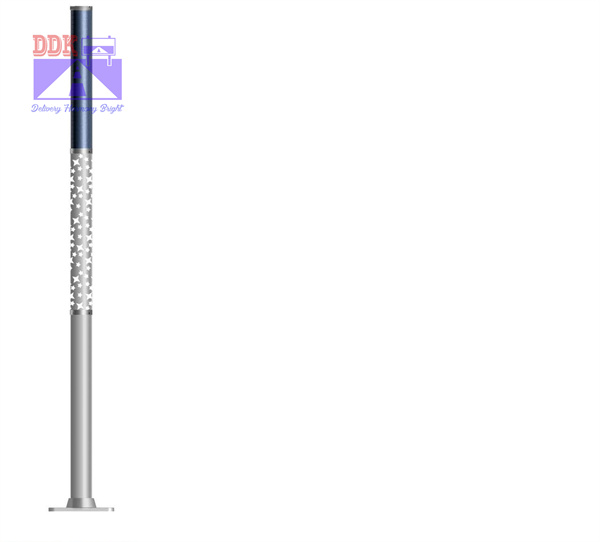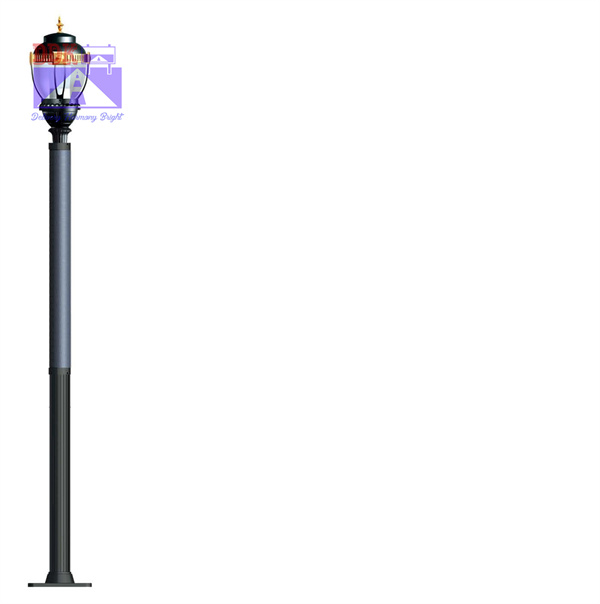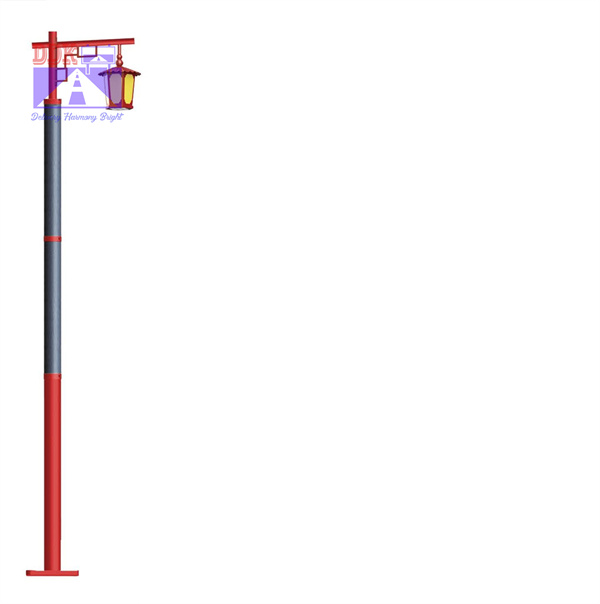NEWS
This paper introduces the design of solar street light controller based on single chip microcomputer, which can automatically identify 12 V and 24 V batteries, realize scientific management of batteries, and indicate battery overvoltage, undervoltage and other operating states. The rated current of the load can reach 5 A, and the two loads can be arbitrarily set to work modes such as simultaneous lighting, time-sharing lighting, and separate timing. At the same time, it has load overcurrent and short circuit protection functions; it has a high level of automation and intelligence.
2 Hardware circuit composition and working principle
2.1 System hardware structure
The hardware structure of the solar street light intelligent controller system is shown in Figure 1. The system takes STCl2C5410AD microcontroller as the core, and the peripheral circuit is mainly composed of voltage acquisition circuit, load output control and detection circuit, LED display circuit and keyboard circuit. The voltage acquisition circuit includes solar panel and battery voltage acquisition, which is used for the identification of the intensity of sunlight and the acquisition of battery voltage. The two bits of the P3 port of the single-chip microcomputer are used as the keyboard input port for the setting of parameters such as the working mode.
2.2 STCl2C5410AD MCU
STCl2C5410AD is an STCl2 series single-chip microcomputer. It adopts RISC type CPU core and is compatible with ordinary 8051 instruction set. It contains 10 KB Flash program memory, 2 KB Flash data memory, and 512 B RAM data memory. At the same time, there is a watchdog (WDT) inside; the MAX810 dedicated reset circuit, 8-channel 10-bit ADC and 4-channel: PWM are integrated on-chip; it has a programmable 8-level interrupt source and 4 priorities, and has in-system programming (ISP) And in-application programming (IAP), the chip is rich in resources, highly integrated, and easy to use. STCl2C5410AD implements scheduling for the work of the system, realizes the setting of external input parameters, the management of batteries and loads, and the indication of working status. In order to make full use of the on-chip resources, the parameters set in this paper are written into the Flash data memory.




